How Music Festivals Evolved From Woodstock To Today
Music festivals have been a vibrant part of cultural expression for decades, evolving from modest gatherings to massive global events. They provide a unique space where music lovers can immerse themselves in diverse sounds and experiences.
From intimate settings to sprawling venues, these festivals have adapted to the changing times, reflecting the social and technological shifts of each era. It’s a world where music meets community, fostering creativity and connection among attendees.
Woodstock: The Birth of a Cultural Phenomenon
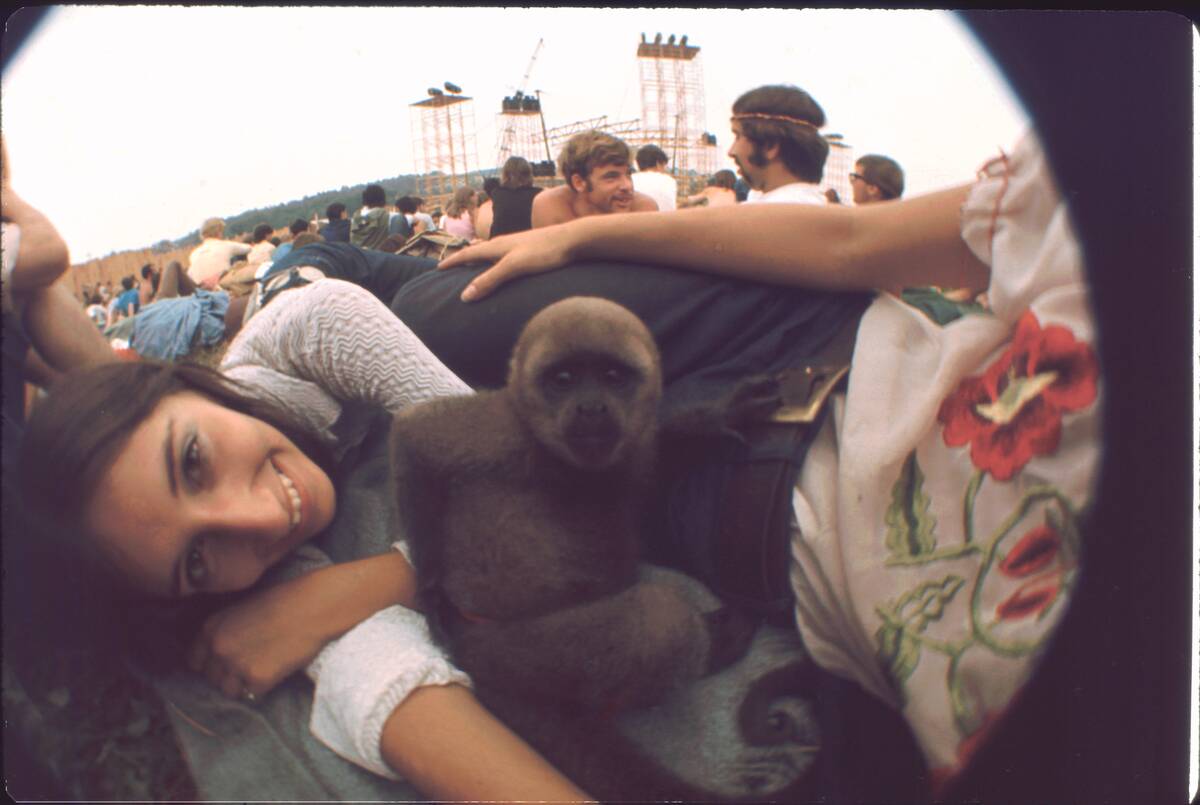
Woodstock 1969 is often hailed as the granddaddy of music festivals, setting the stage for future gatherings. Held in Bethel, New York, it attracted over 460,000 people and featured legendary performances from artists like Jimi Hendrix and Crosby, Stills, Nash, and Young.
Beyond the music, Woodstock symbolized peace and counterculture, becoming an emblem of the 1960s. Its legacy lives on, inspiring countless festivals and reminding us of the power of music to unite and inspire change.
The 1970s: A Time of Musical Experimentation
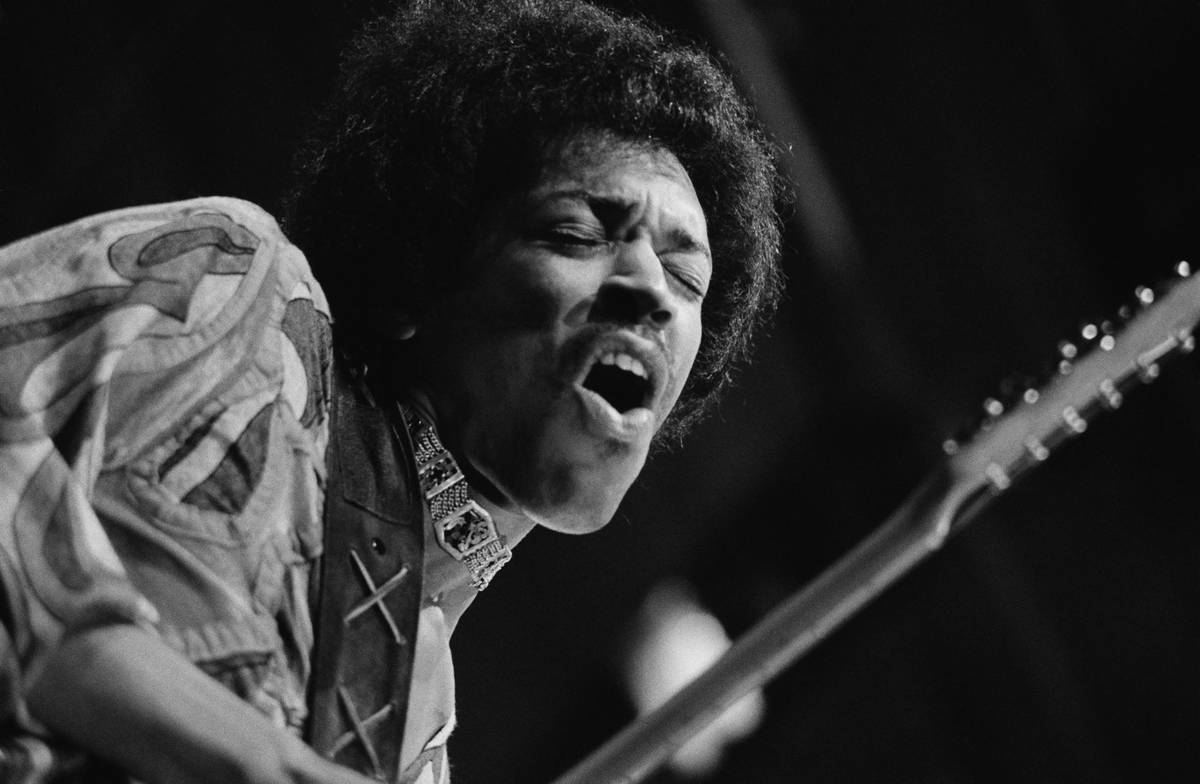
The 1970s were a time of musical experimentation, with festivals showcasing a wide range of styles from rock to jazz to folk. Events like the 1970 Isle of Wight Festival featured eclectic lineups (featuring Jimi Hendrix, Miles Davis, Leonard Cohen, and Sly and The Family Stone among others), bringing together diverse audiences.
This decade saw the rise of progressive rock and glam rock, with festivals providing a platform for these genres. The spirit of innovation was alive, as artists pushed boundaries and explored new sounds, shaping the musical landscape for future generations.
The 1980s: The Rise of Genre-Specific Festivals
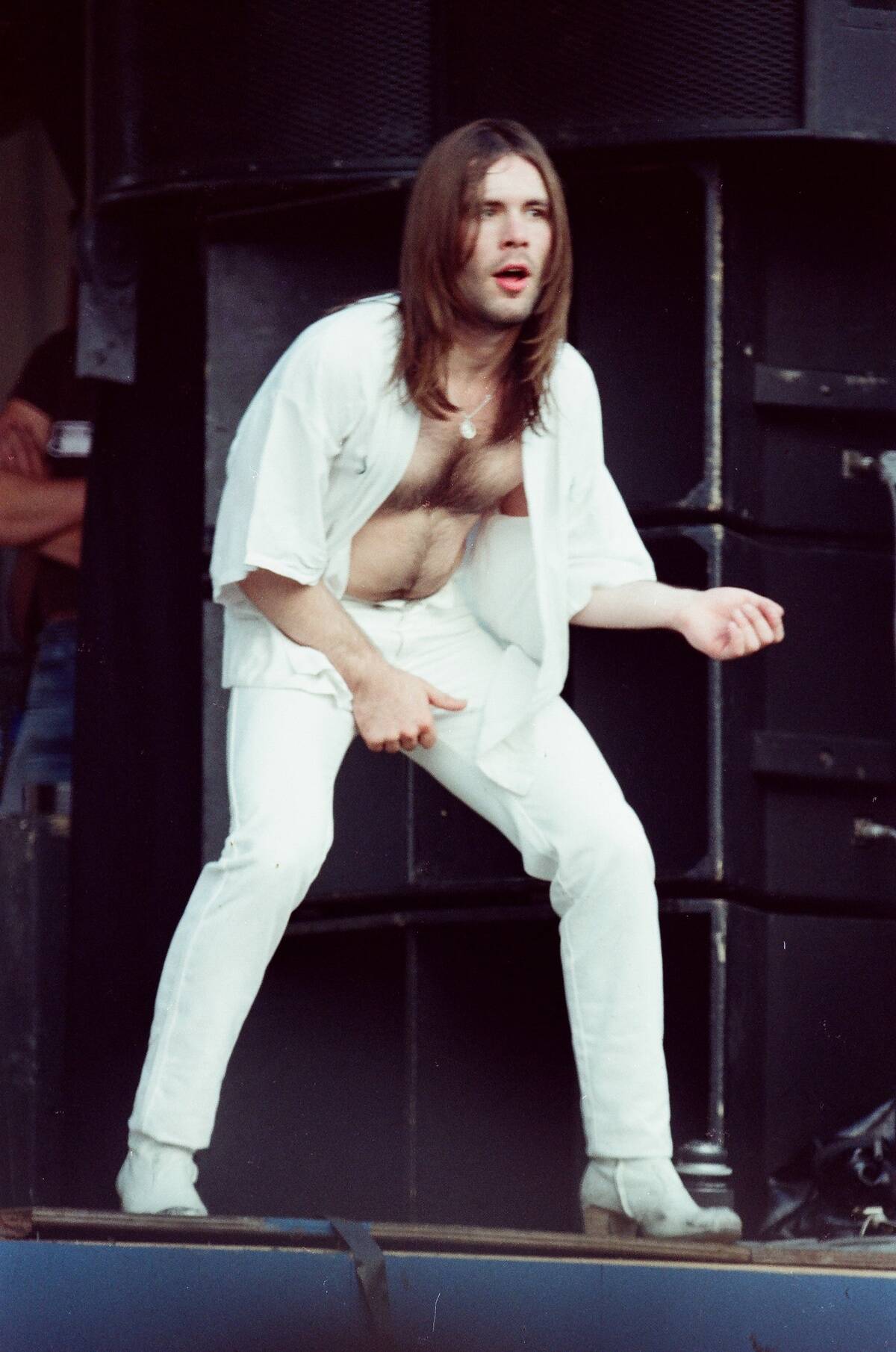
In the 1980s, music festivals began to specialize, catering to specific genres and fan bases. Events like Reading Festival focused on harder rock and alternative music, creating a sense of community among like-minded fans.
This era also saw the emergence of electronic music festivals like the revolutionary Berlin Atonal, laying the groundwork for the massive EDM scene of today. Genre-specific festivals allowed for deeper exploration of musical styles, fostering a sense of belonging among attendees.
The 1990s: The Era of Diversity and Expansion
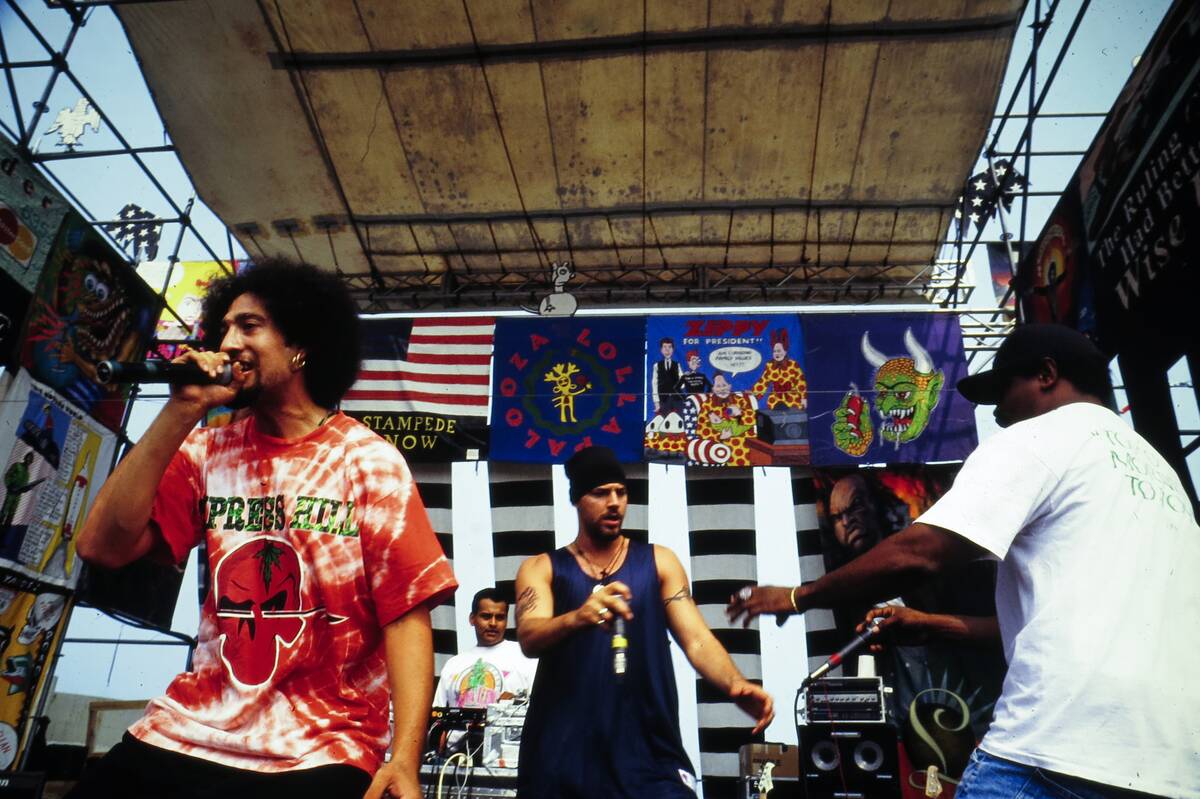
The 1990s marked a period of diversity and expansion in the festival scene, with new festivals popping up around the world. Events like Glastonbury began to incorporate a wider array of music, arts, and cultural experiences.
The introduction of world music and hip-hop into festival lineups (most notably at the emerging alternative festival Lollapalooza and the emerging rap festival Summer Jam that was held in East Rutherford, New Jersey at the time) reflected broader social changes and growing globalization. This era was characterized by a spirit of inclusivity, as festivals embraced a wider range of artistic expression and cultural representation.
Coachella: The Game-Changer of the 2000s
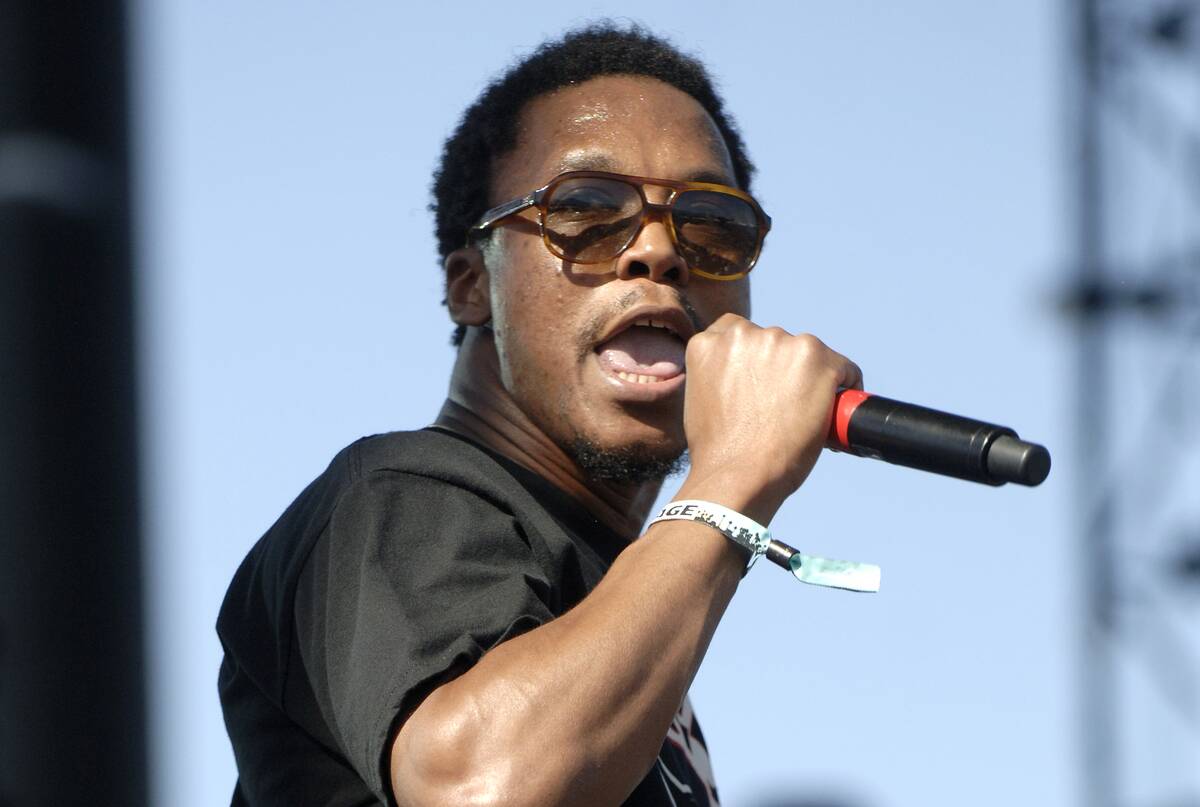
Coachella, which debuted in 1999, transformed the festival landscape in the 2000s with its emphasis on high-profile lineups and art installations. Held in the desert of California, Coachella is known for its diverse range of performers, from rock legends to emerging indie artists.
Its success lies in its ability to blend music with fashion, art, and technology, creating an immersive experience. Coachella set the standard for modern festivals, influencing the way they are curated and experienced worldwide.
Glastonbury Festival: A Global Icon
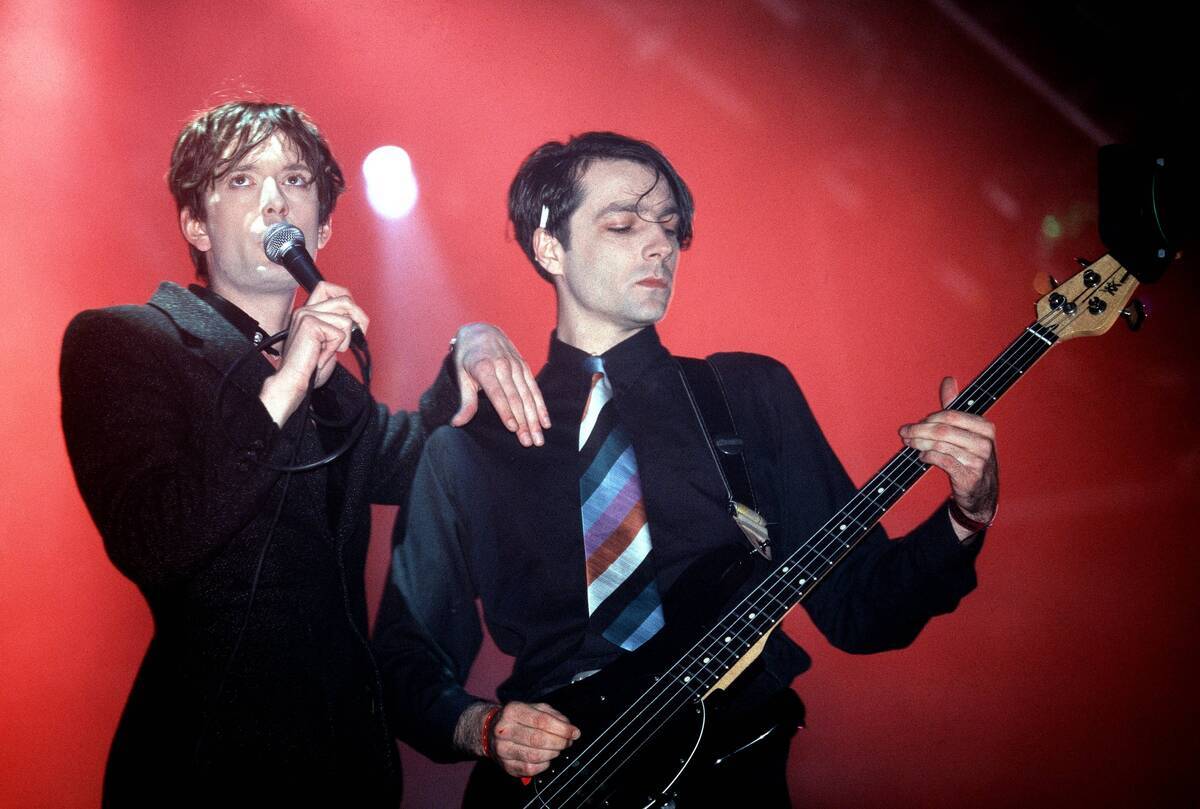
Glastonbury Festival, held in Somerset, England, is one of the most iconic music festivals in the world. Since its inception in 1970, it has grown to become a multi-genre event, attracting hundreds of thousands of attendees each year.
Known for its eclectic lineups, Glastonbury hosts everything from rock to electronic to world music. It’s a cultural event that continues to captivate audiences globally.
The Influence of Technology on Modern Festivals
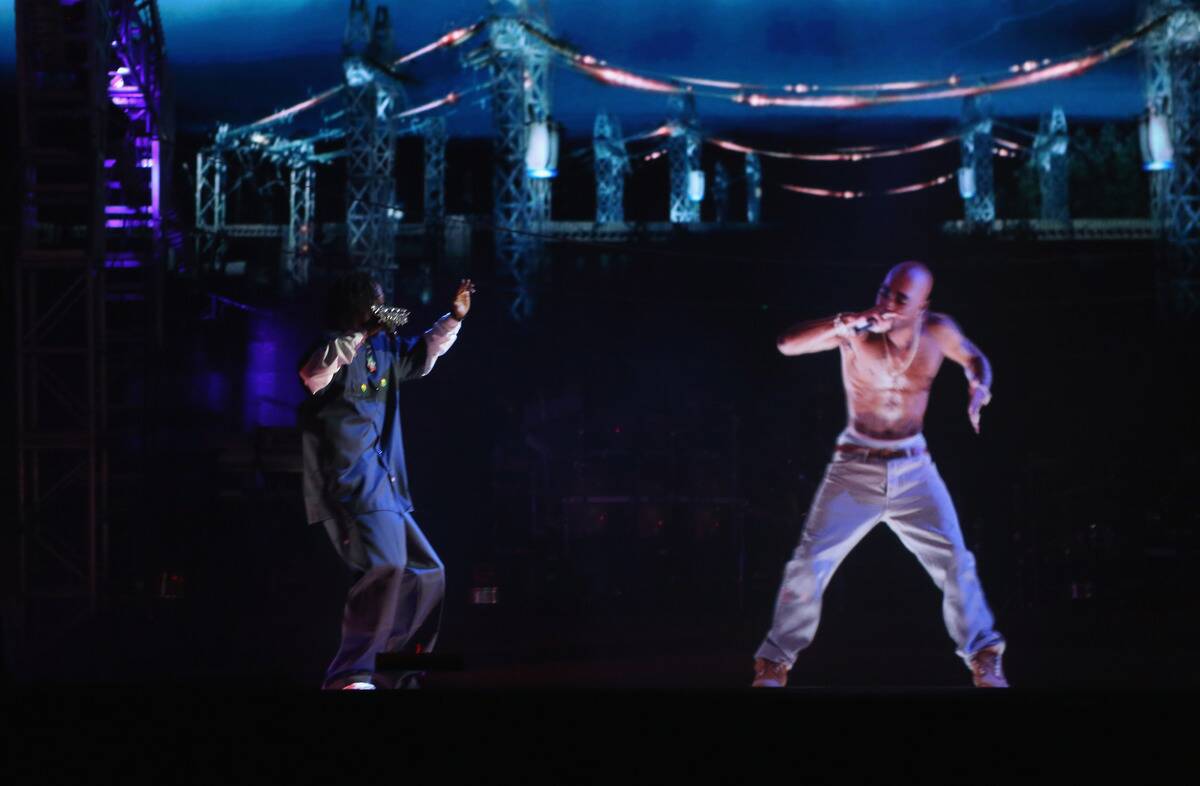
Technology has had a profound impact on modern music festivals, enhancing the overall experience for attendees. From advanced sound systems to interactive light shows, technology has elevated the production quality of live performances.
Social media platforms have also played a crucial role, allowing fans to share their experiences in real-time. Virtual reality and augmented reality are beginning to emerge, offering new ways for audiences to engage with their favorite artists and festival environments.
Eco-Friendly Initiatives in the Festival Scene
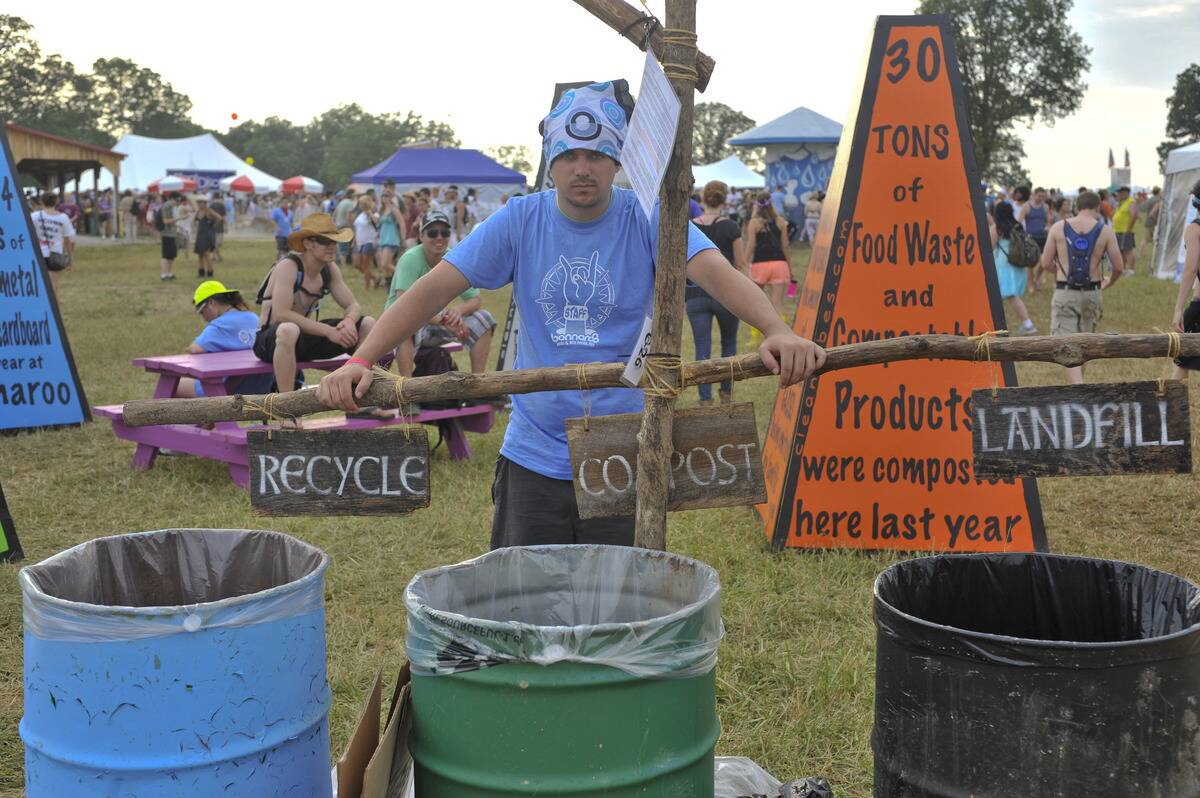
As awareness of environmental issues grows, music festivals are increasingly adopting eco-friendly practices. Initiatives such as recycling programs, composting, and the use of renewable energy sources are becoming common.
Festivals like Bonnaroo and Shambhala are leading the way with their commitment to sustainability, encouraging attendees to reduce their carbon footprint. These efforts reflect a broader trend within the industry to promote environmental responsibility and ensure that festivals can continue to thrive without harming the planet.
The Role of Social Media in Festival Culture
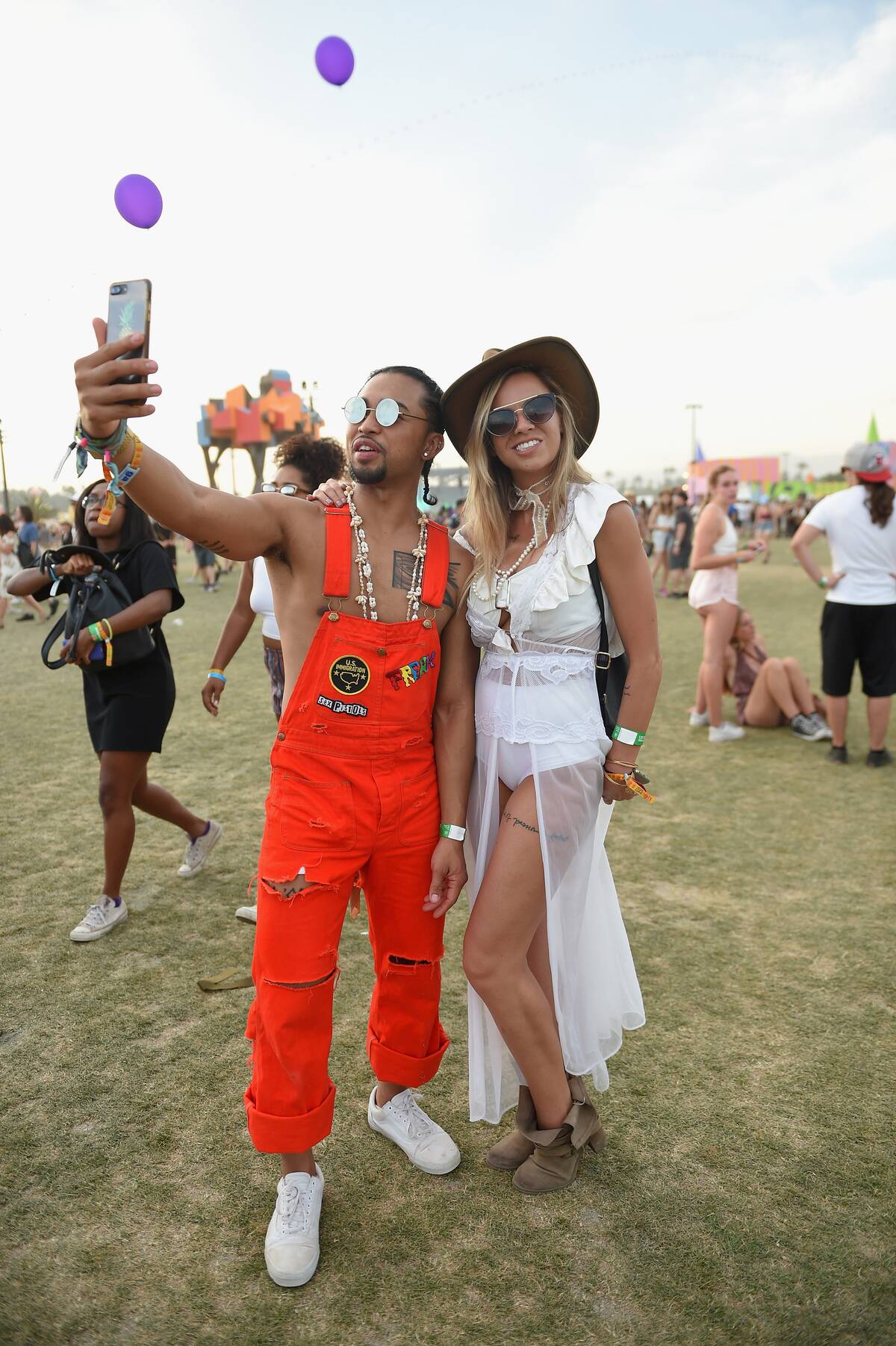
Social media has revolutionized festival culture, providing a platform for fans to connect and share their experiences. Platforms like Instagram and Twitter allow attendees to document their festival journeys, creating a sense of community both online and offline.
Artists and organizers use social media to engage with fans, announce lineups, and build anticipation. This digital presence enhances the festival experience, making it more interactive and accessible to a global audience, even for those who can’t attend in person.
The Evolution of Festival Fashion
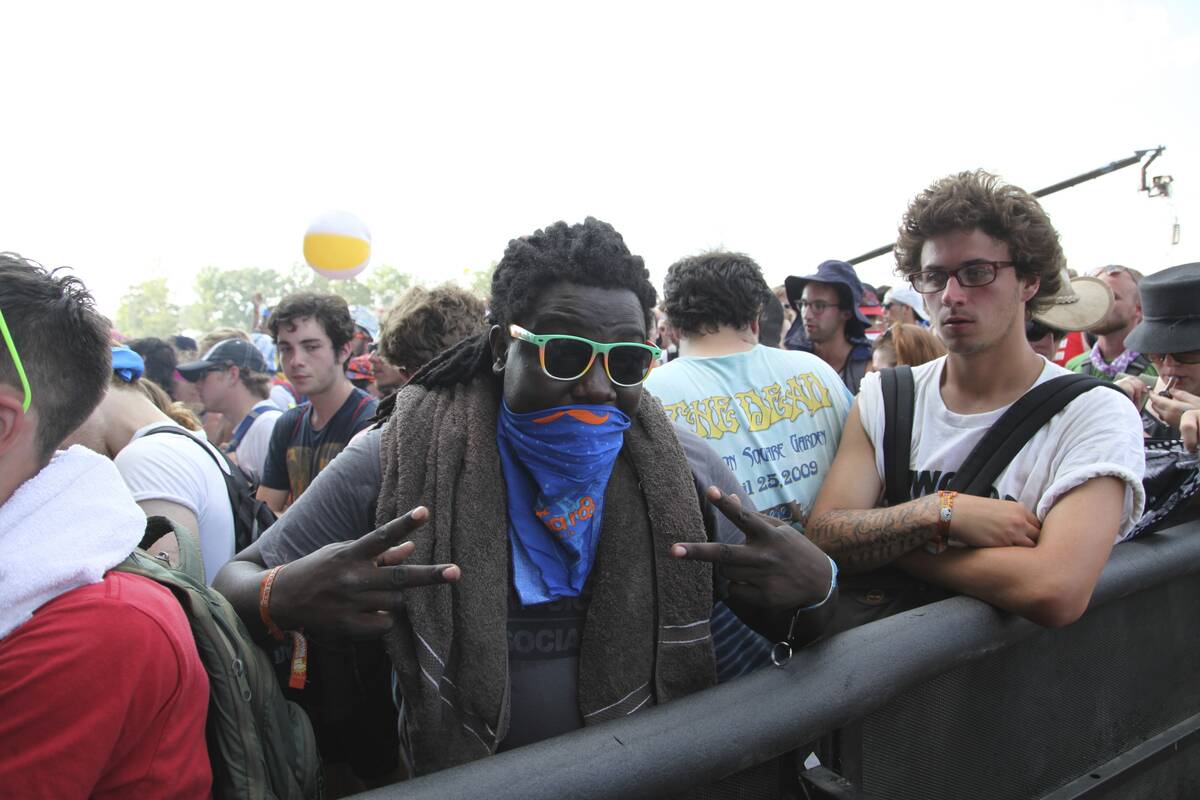
Festival fashion has evolved into a significant aspect of the overall festival experience, with attendees expressing themselves through unique and creative styles. From bohemian chic to neon rave wear, fashion at festivals is as diverse as the music itself.
Brands and designers often collaborate with festivals, launching exclusive collections that reflect the event’s vibe. This sartorial expression adds a visual dimension to festivals, allowing fans to showcase their individuality and become part of the festival’s cultural tapestry.
How Festivals are Shaping Local Economies
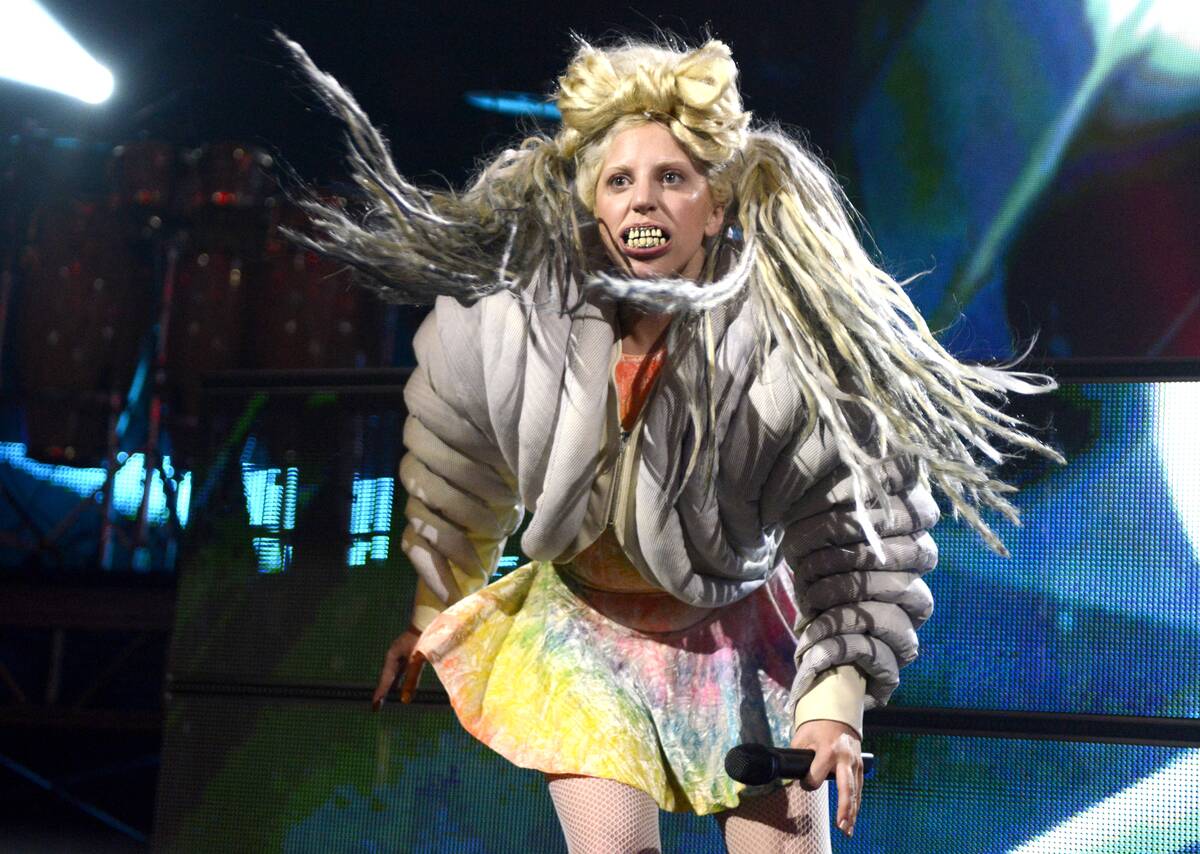
Music festivals have a significant impact on local economies, generating revenue for surrounding communities. They create jobs, boost tourism, and increase business for local vendors and hotels. Events like SXSW in Austin, Texas, are prime examples of how festivals can transform a city into a bustling hub of economic activity.
The influx of visitors contributes to the local economy, providing opportunities for growth and development.
The Role of Sponsorships and Brand Collaborations
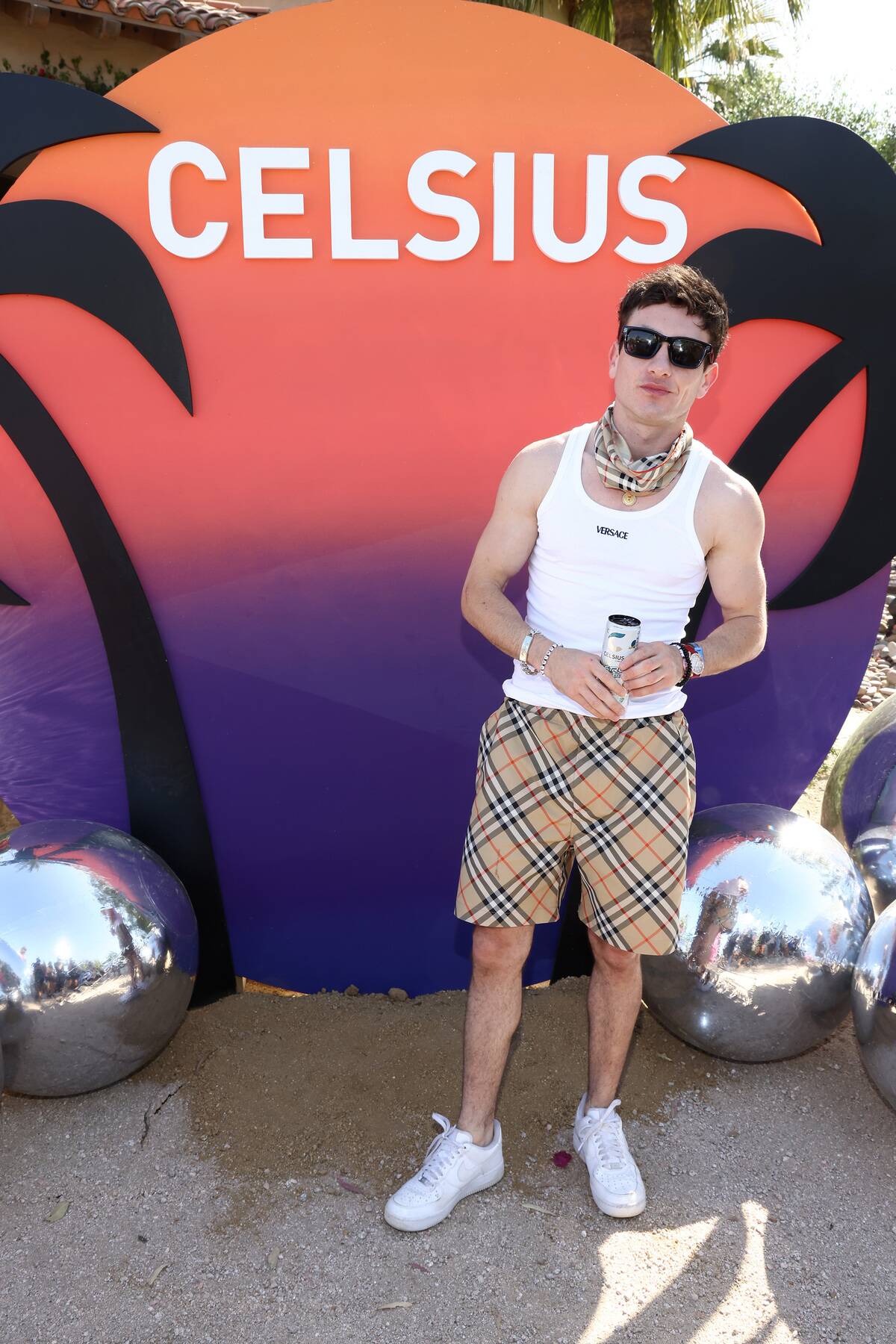
Sponsorships and brand collaborations are integral to the success of modern music festivals. Brands partner with festivals to reach target audiences, offering unique experiences and activations. These collaborations provide essential funding, allowing festivals to secure top performers and enhance production quality.
From beverage brands to tech companies, sponsors see festivals as an opportunity to engage with consumers in a dynamic environment. This symbiotic relationship benefits both parties, ensuring that festivals remain financially viable while offering fans unforgettable experiences.
The Rise of Virtual Music Festivals
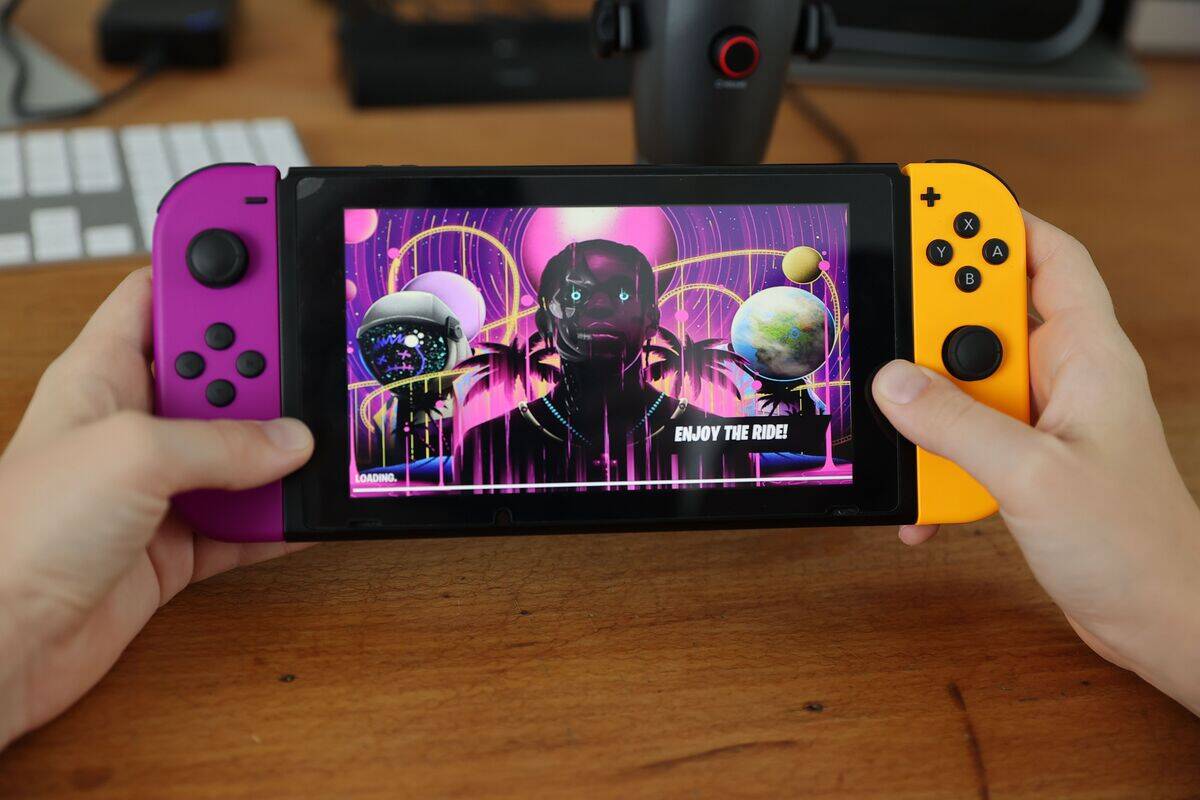
The rise of virtual music festivals has opened up new possibilities for fans and artists alike. These digital events allow attendees to experience live performances from the comfort of their homes, breaking down geographical barriers.
Platforms like YouTube and Twitch have hosted virtual festivals, offering interactive features and chat functions. While lacking the physical presence of traditional festivals, virtual events provide accessibility and inclusivity, reaching audiences who may not have had the opportunity to attend in person.
Music Festivals and Inclusivity: A Growing Trend
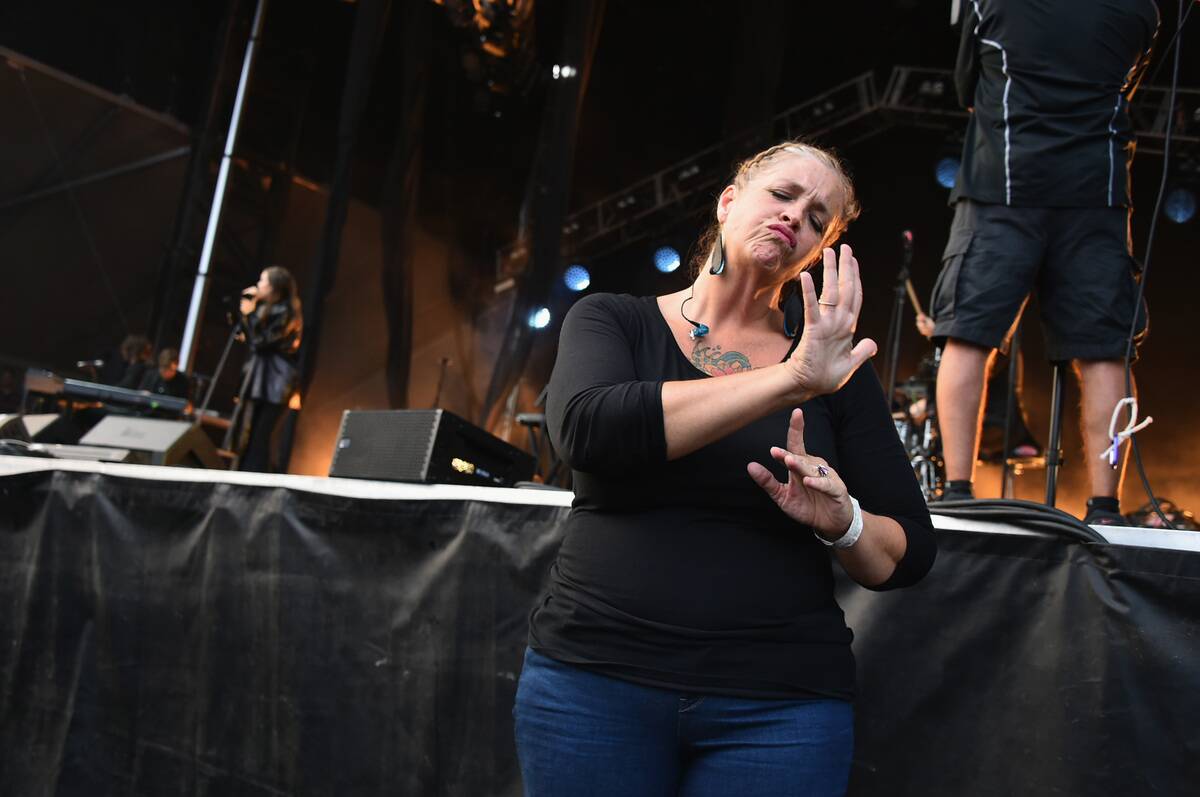
Inclusivity is becoming a central focus of the music festival industry, with organizers striving to create welcoming environments for all. Festivals are making efforts to diversify their lineups, featuring artists from various backgrounds and genres.
Accessibility initiatives, such as sign language interpreters and disabled-friendly facilities, are also being implemented. By prioritizing inclusivity, festivals are fostering a sense of belonging and representation, ensuring that everyone can enjoy the festival experience regardless of their identity or background.
Food and Art: More Than Just Music
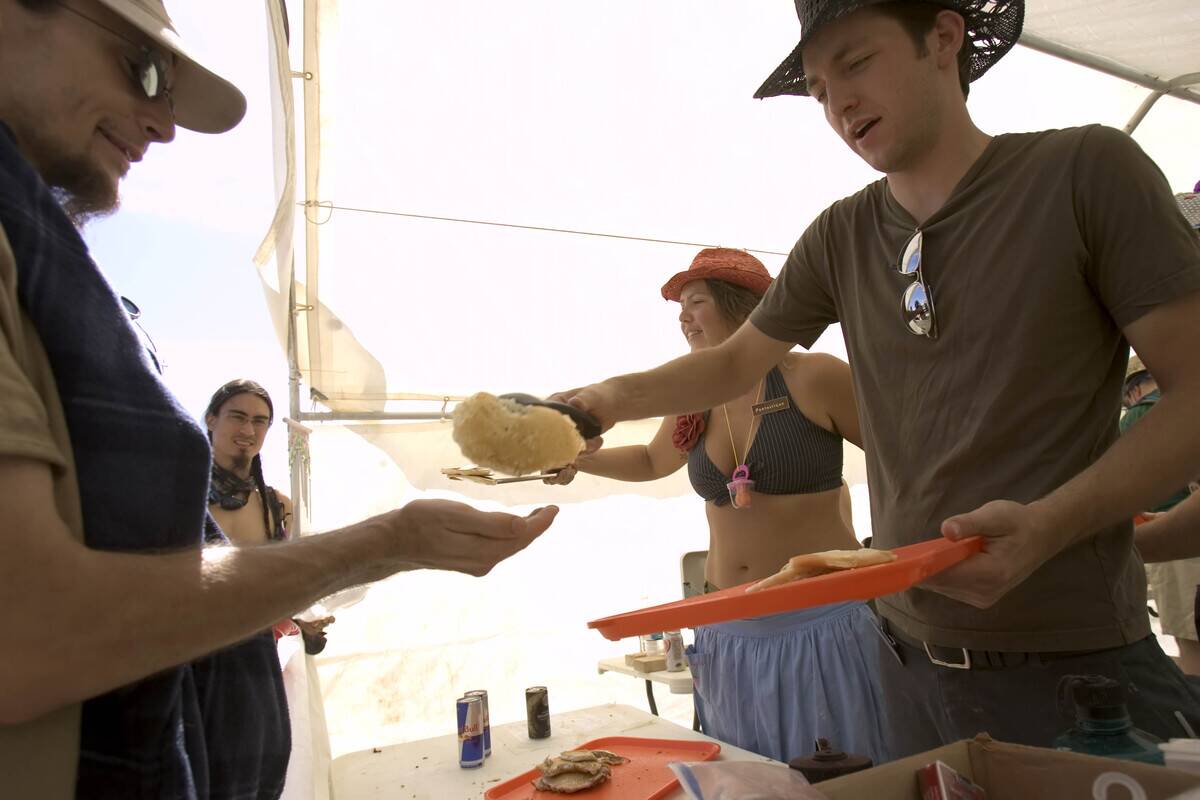
Modern music festivals offer more than just music; they have become cultural events celebrating food and art. Gourmet food trucks and culinary experiences provide festival-goers with a taste of local and international cuisine. Art installations and live performances add a visual and interactive element, creating a multisensory experience.
Festivals like Burning Man are renowned for their emphasis on art, transforming landscapes into creative wonderlands. This integration of food and art enhances the festival experience, making it a feast for the senses.
The Globalization of Music Festivals

Music festivals have become global phenomena, with events taking place in diverse locations across the world. From Tomorrowland in Belgium to Fuji Rock in Japan, these festivals attract international audiences, showcasing artists from various countries.
The globalization of music festivals reflects the interconnectedness of today’s world, with music transcending borders and bringing people together. This cross-cultural exchange enriches the festival experience, offering attendees the opportunity to discover new sounds and cultures.
Navigating the Challenges of Modern Festivals
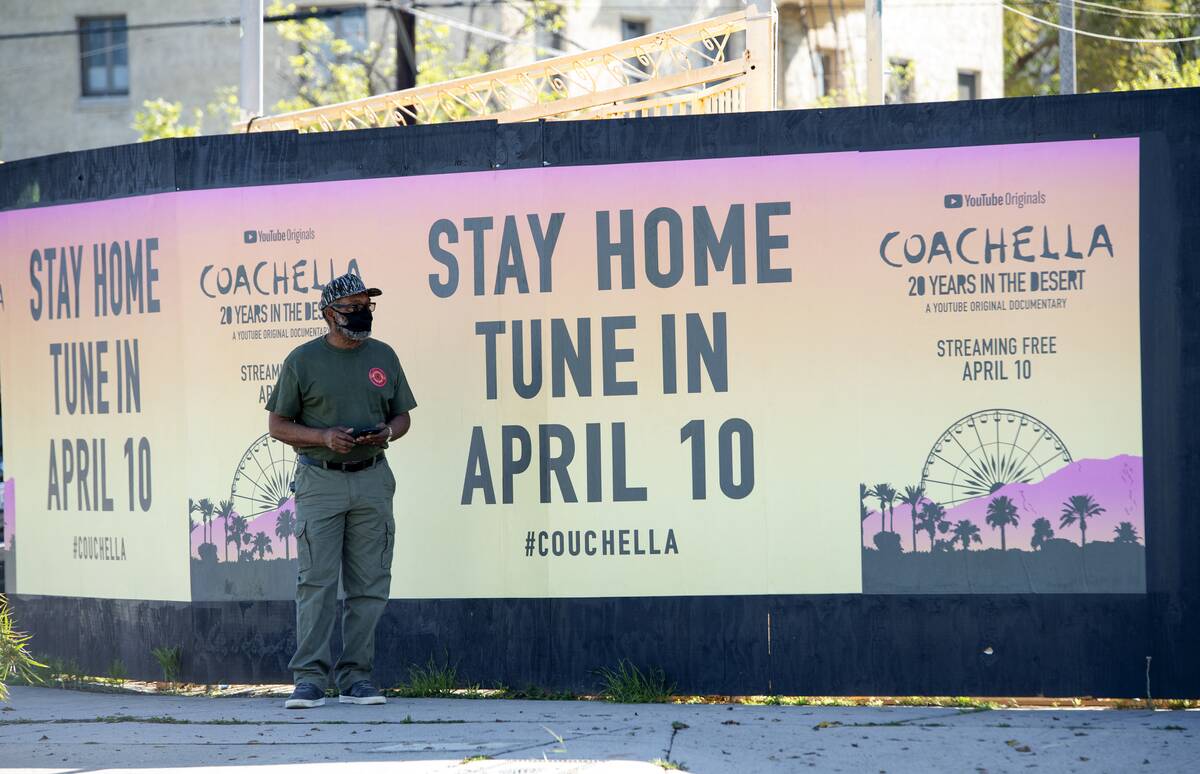
Despite their popularity, modern music festivals face numerous challenges, including logistical issues, safety concerns, and environmental impact. Organizers must navigate these complexities to ensure a smooth and successful event.
The COVID-19 pandemic added another layer of difficulty, forcing festivals to adapt with health measures and, in some cases, cancel events. Balancing growth with sustainability and safety is a constant challenge, requiring innovation and collaboration among festival stakeholders to create safe and enjoyable experiences for all.



